High Quality OEM/ODM LED Strip Manufacturer
High Quality OEM/ODM LED Strip Manufacturer
November 25, 2023 699
LED strip light life can usually reach 3-5 million hours, in the appropriate use of the scene, the life can reach longer, this article we take a look at the impact of LED strip light life of 6 important factors
The operating temperature of an LED strip light is a crucial factor influencing its lifespan. Both excessively high and low operating temperatures can have negative effects on the performance and longevity of the LED strip lights. Here's how the operating temperature impacts the lifespan of LED strip lights:
Thermal Degradation: LED chips are susceptible to thermal degradation, where the brightness of the LEDs decreases with an increase in temperature. High temperatures cause changes in the materials and structure inside the LED chips, affecting their luminous efficiency. Prolonged operation at high temperatures may lead to a reduction in brightness, impacting the overall lighting performance.
Color Shift: Elevated temperatures can cause color shift in LEDs, especially without proper heat dissipation design. Color shift manifests as a gradual dimming or changing of the emitted light's color, thereby diminishing the color quality of the strip lights.
Material Lifespan: High temperatures accelerate the aging process of materials used in LED strip lights, such as plastics, adhesives, and circuit boards. This may result in component damage or detachment, affecting the reliability and lifespan of the entire strip light.
Electronic Component Lifespan: Elevated temperatures also adversely affect the electronic components within the strip lights, such as capacitors, resistors, transistors, potentially leading to component failure or premature aging.
To maximize the lifespan of LED strip lights, it is essential to consider the following:
Heat Dissipation Design: Ensure that LED strip lights are installed in locations with effective heat dissipation to maintain an appropriate operating temperature.
Temperature Management: Avoid prolonged operation of LED strip lights beyond the temperature range specified by the manufacturer.
Adequate Ventilation: Provide sufficient ventilation to reduce the ambient temperature around the strip lights, especially in enclosed spaces or during hot summer seasons.
Use of Proper Heat Dissipation Materials: Incorporate effective heat dissipation materials in the design and manufacturing process to help lower the operating temperature.
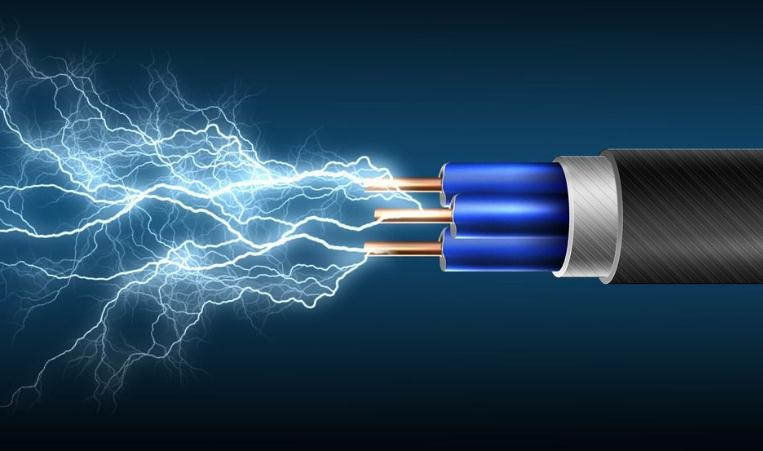
The current and voltage of an LED strip light are critical factors influencing its lifespan. Proper current and voltage help ensure that the LED operates within a normal working range, while excessive or insufficient current and voltage may lead to a decline in LED performance, accelerating the aging process. Here are the main impacts of current and voltage on the lifespan of LED strip lights:
Current Influence:
Voltage Influence:
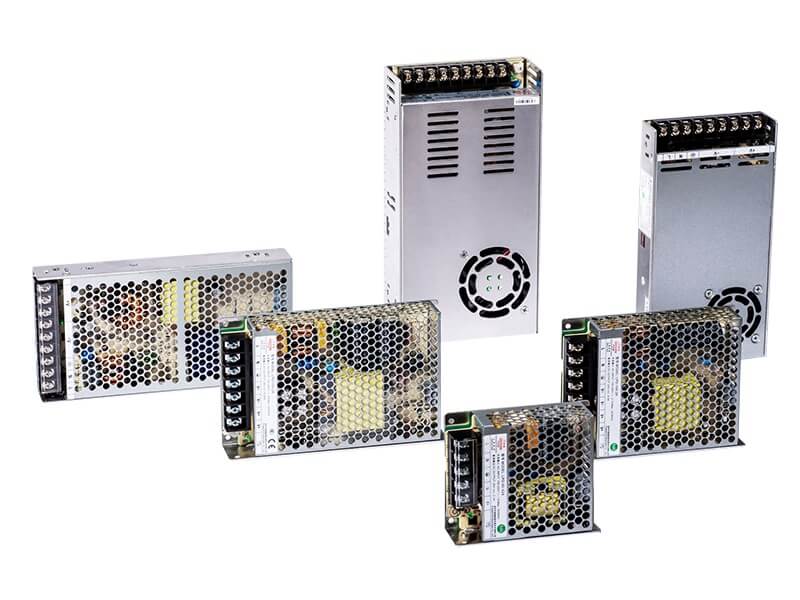
The quality of the LED driver has a significant impact on the lifespan of LED strip lights. The LED driver is responsible for supplying the correct current and voltage to the LED, and its quality directly affects the performance and longevity of the LED strip lights. Here are the main influences of LED driver quality on the lifespan of LED strip lights:
Stable Current and Voltage Output:
Matching Current and Voltage:
Overcurrent and Overvoltage Protection:
Efficient Heat Dissipation Design:
In summary, choosing a high-quality LED driver is crucial for the extended lifespan of LED strip lights. A quality driver provides stable, matched current and voltage, along with overcurrent and overvoltage protection, helping to mitigate the performance degradation of LED strip lights and prolong their lifespan.
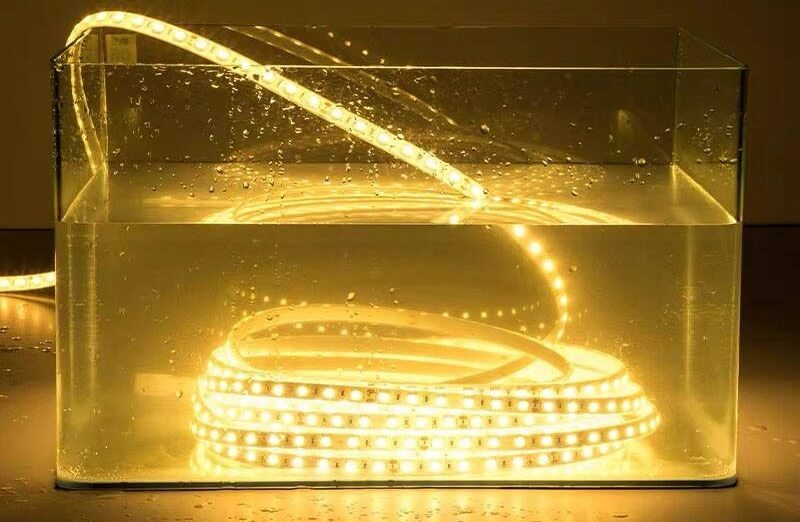
Humidity and waterproof performance have a significant impact on the lifespan of LED strip lights. LED strip lights are often used in various environments, and the quality of their waterproofing directly affects their reliability and longevity.
Here are the main influences of humidity and waterproof performance on the lifespan of LED strip lights:
Material Aging:
Electrical Performance Issues:
Corrosion of Metal Components:
LED Chip Damage:
Therefore, to ensure the long-term reliability of LED strip lights, especially in humid or outdoor environments, choosing LED strip lights with excellent waterproof performance is crucial. Waterproof performance can be measured by IP (Ingress Protection) ratings, for example, IP65 indicates good dust and water resistance.
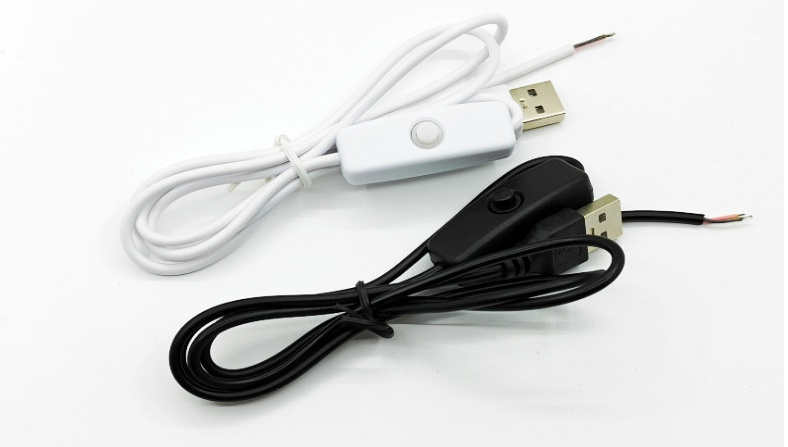
Frequent switching of LED strip lights can potentially have some impact on their lifespan. While LED strip lights are generally more resilient to frequent switching compared to traditional light sources, there are some potential factors to consider:
Current Surges:
Thermal Cycling Effects:
Power Supply and Switch Lifespan:
While these potential impacts exist, it's important to note that LED strip lights are generally less affected by frequent switching compared to traditional light sources. LED strip lights are well-suited for rapid switching, as they respond quickly and do not contain fragile filaments, unlike traditional bulbs. LED strip lights are designed with solid-state technology, making them more robust and resilient to frequent switching compared to traditional lighting devices.
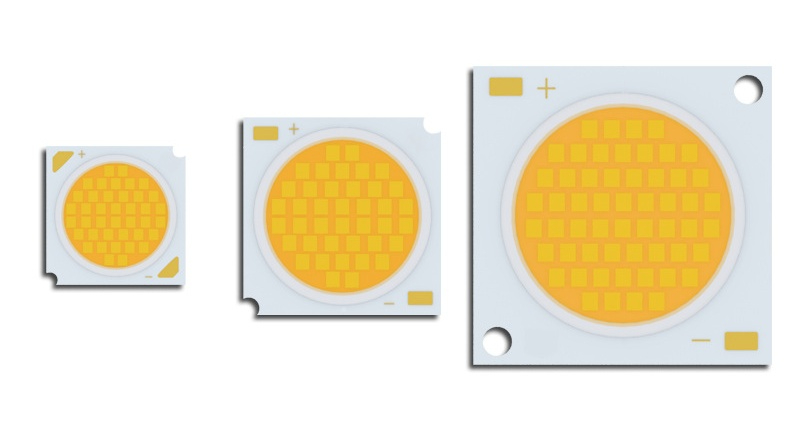
The quality of LED chips significantly impacts the lifespan of LED strip lights. LED chips are the core components of LED strip lights, and their quality directly influences the performance, stability, and lifespan of the entire LED strip. Here are the key factors through which the quality of LED chips affects the lifespan of LED strip lights:
Luminous Efficiency: High-quality LED chips typically have higher luminous efficiency, producing more light at the same power. This helps reduce the energy consumption of LED strips at the same brightness, while lowering heat generation, contributing to an extended lifespan.
Lumen Depreciation: LED chips experience lumen depreciation over time, where brightness gradually decreases. High-quality LED chips tend to exhibit lower lumen depreciation, maintaining stable brightness for a longer period.
Color Consistency: For RGB or white LED strips, color consistency is crucial. High-quality LED chips provide more consistent colors, avoiding issues such as color deviation or uneven illumination.
Color Temperature Stability: Some applications require high color temperature stability, such as maintaining consistent warm lighting. High-quality LED chips often offer more stable color temperature performance.
Anti-Static Capability: Static electricity can negatively impact LED chips, reducing their performance and lifespan. High-quality LED chips typically possess better anti-static capabilities.
Thermal Stability: Heat is a significant factor affecting LED lifespan. High-quality LED chips usually dissipate heat more effectively, lowering the working temperature of the LED and contributing to an extended lifespan.
Encapsulation Quality: The quality of the encapsulation directly relates to moisture resistance and dustproof performance. High-quality encapsulation effectively prevents moisture and dust ingress, enhancing the reliability of LED strips in humid or dusty environments.
In summary, choosing high-quality LED chips is critical for the performance and lifespan of LED strip lights. When purchasing LED strips, it is advisable to select products from reputable manufacturers with a track record of quality assurance to ensure longer lifespan and stable performance.
Above is the 6 factors affecting the service life of LED strip light summarized by ZBL Lighting for you, if you are looking for reliable LED strip light suppliers, welcome to consult us, we have 12 years of professional production OEM experience, to provide quality lighting services for the world!
Need professional help? Contact our team for expert support and personalized solutions. We’re here to assist you. Contact Us
We respond to all inquiries within 12 hours. Contact us now!
